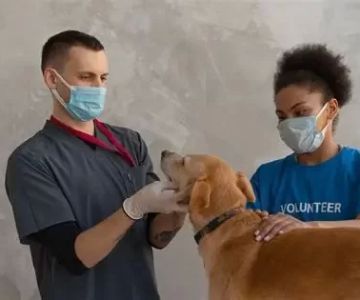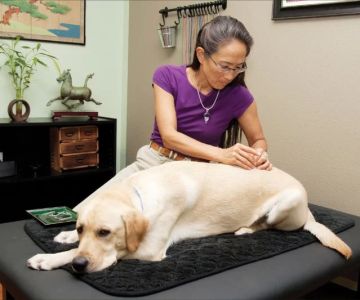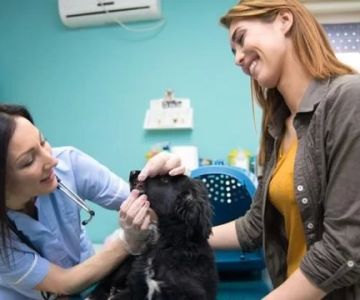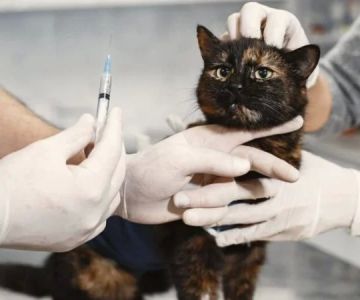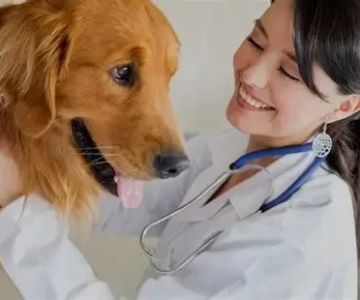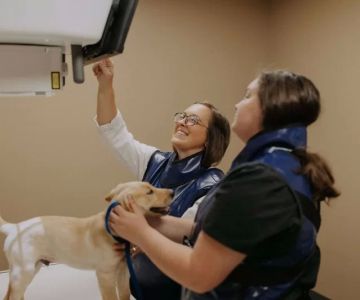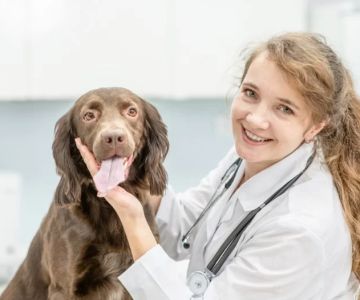Understanding SOAP in Veterinary Terms: What Does SOAP Stand For?
- What Is SOAP in Veterinary Terms?
- The SOAP Method Explained
- Why SOAP Notes Are Essential in Veterinary Care
- A Case Study: SOAP in Veterinary Practice
- How SOAP Method Improves Animal Care
- Adopting the SOAP Method in Your Veterinary Practice
As a veterinary professional, understanding and applying the correct terminology is crucial in ensuring effective and accurate care for animals. One of the most widely used systems for organizing clinical information in veterinary medicine is the SOAP method. If you're unfamiliar with this acronym, you're likely to encounter it regularly in veterinary settings, as it's integral to maintaining detailed, structured records of animal care. But what exactly does SOAP stand for in veterinary terms, and why is it so important?
The SOAP method is a simple yet highly effective system used by veterinarians to assess a patient’s health, document their condition, and develop an action plan for treatment. It provides a clear structure that not only enhances communication among veterinary teams but also ensures that nothing is overlooked in the care process. Let’s dive into the meaning behind SOAP, how it’s applied, and its significance in veterinary practice.
What Is SOAP in Veterinary Terms?
SOAP is an acronym that stands for Subjective, Objective, Assessment, and Plan. This format allows veterinarians to systematically evaluate an animal’s condition and create a detailed record for future reference. Each component of the SOAP method helps organize the information into a structured, easy-to-understand format. Let’s break down each section:
- Subjective (S): This part includes the information provided by the pet owner or caretaker, such as observed symptoms, behavioral changes, or any concerns the owner has noticed. It’s essentially the ‘what the owner perceives’ part of the evaluation.
- Objective (O): The objective section includes measurable data that a veterinarian collects, such as physical examination findings, lab results, vital signs, and other objective tests that provide concrete information on the animal’s health.
- Assessment (A): In this section, the veterinarian provides their interpretation of the subjective and objective data. This could include a diagnosis, a differential diagnosis, or any insights into what might be affecting the animal’s health.
- Plan (P): The plan outlines the next steps for diagnosis, treatment, or follow-up care. It’s the action plan created based on the assessment, whether it involves prescribing medication, suggesting further tests, or providing treatment recommendations.
The SOAP Method Explained
The SOAP method is more than just an acronym—it’s a comprehensive approach that helps veterinarians maintain clear and organized medical records for every patient. Here’s a deeper look at each part of the SOAP process:
1. Subjective
When a veterinarian begins the SOAP method, the first step is to gather information from the pet owner or caretaker. This can include complaints like vomiting, lethargy, loss of appetite, or any behavioral changes observed by the animal’s family. While this section is based on the pet owner’s observations, it plays a crucial role in guiding the next steps of the veterinary examination.
2. Objective
After collecting subjective information, the veterinarian moves to the objective section, where they record measurable and observable data. This could involve conducting a physical examination, taking vital signs like temperature, heart rate, and respiration rate, and reviewing test results like blood work or x-rays. The objective findings are crucial in forming an accurate diagnosis.
3. Assessment
The assessment section is where the veterinarian uses their expertise to interpret the subjective and objective data. This may involve diagnosing the issue, proposing a differential diagnosis, or simply identifying a condition that needs further investigation. This part is essential because it ensures that the veterinarian’s clinical judgment is factored into the care plan.
4. Plan
Finally, the veterinarian outlines the next steps. The plan could include diagnostic testing, treatments, prescriptions, or referrals to specialists. It ensures that the veterinary team has a clear roadmap for the animal’s care, and it also provides transparency for the pet owner regarding the actions taken to address their pet’s health issue.
Why SOAP Notes Are Essential in Veterinary Care
SOAP notes are critical because they ensure that every aspect of an animal’s care is recorded systematically, making it easier to track progress, monitor changes, and communicate with other veterinary professionals. These notes serve as a comprehensive history of the animal’s condition, helping provide a clear, structured framework for future visits.
Another important aspect of SOAP notes is that they ensure continuity of care. With detailed notes, any veterinarian involved in the animal’s care—whether it’s an emergency visit or a routine check-up—can quickly understand what has been done, what the diagnosis is, and what the next steps are. This reduces the chances of errors, omissions, or unnecessary repeat tests.
A Case Study: SOAP in Veterinary Practice
Let’s explore a real-world example of how the SOAP method is applied in veterinary practice. Imagine a dog named Max who has been brought into the clinic with symptoms of vomiting and lethargy. His owner reports that he hasn’t been eating much lately and seems more tired than usual.
1. Subjective:
The veterinarian begins by asking the owner about Max’s symptoms, noting that the owner describes vomiting, lethargy, and a loss of appetite. This is subjective information that guides the next steps of the examination.
2. Objective:
During the examination, the veterinarian measures Max’s temperature, checks for dehydration, and runs blood tests. The tests show an elevated white blood cell count, indicating a possible infection. These objective findings are critical in forming a diagnosis.
3. Assessment:
Based on the subjective and objective data, the veterinarian assesses that Max may have an infection, possibly caused by a viral or bacterial issue. The assessment includes a differential diagnosis, considering possible causes like gastrointestinal or viral infections.
4. Plan:
The plan for Max includes prescribing antibiotics, suggesting a bland diet, and scheduling a follow-up appointment. The veterinarian also recommends further diagnostic tests if the symptoms persist, ensuring that a thorough care plan is in place.
How SOAP Method Improves Animal Care
The SOAP method improves animal care by ensuring that all relevant information is recorded, interpreted, and acted upon in a timely and organized manner. It promotes accuracy, thoroughness, and effective communication between veterinary teams, ultimately leading to better outcomes for animals.
Adopting the SOAP Method in Your Veterinary Practice
If you're a veterinary professional or owner looking to streamline your clinic’s operations, adopting the SOAP method can greatly improve the way you document and track patient care. It provides clarity, organization, and consistency in the clinical process. Whether you're seeing routine check-ups or emergency cases, SOAP notes ensure that every piece of the puzzle is accounted for, leading to more efficient and accurate veterinary care.



